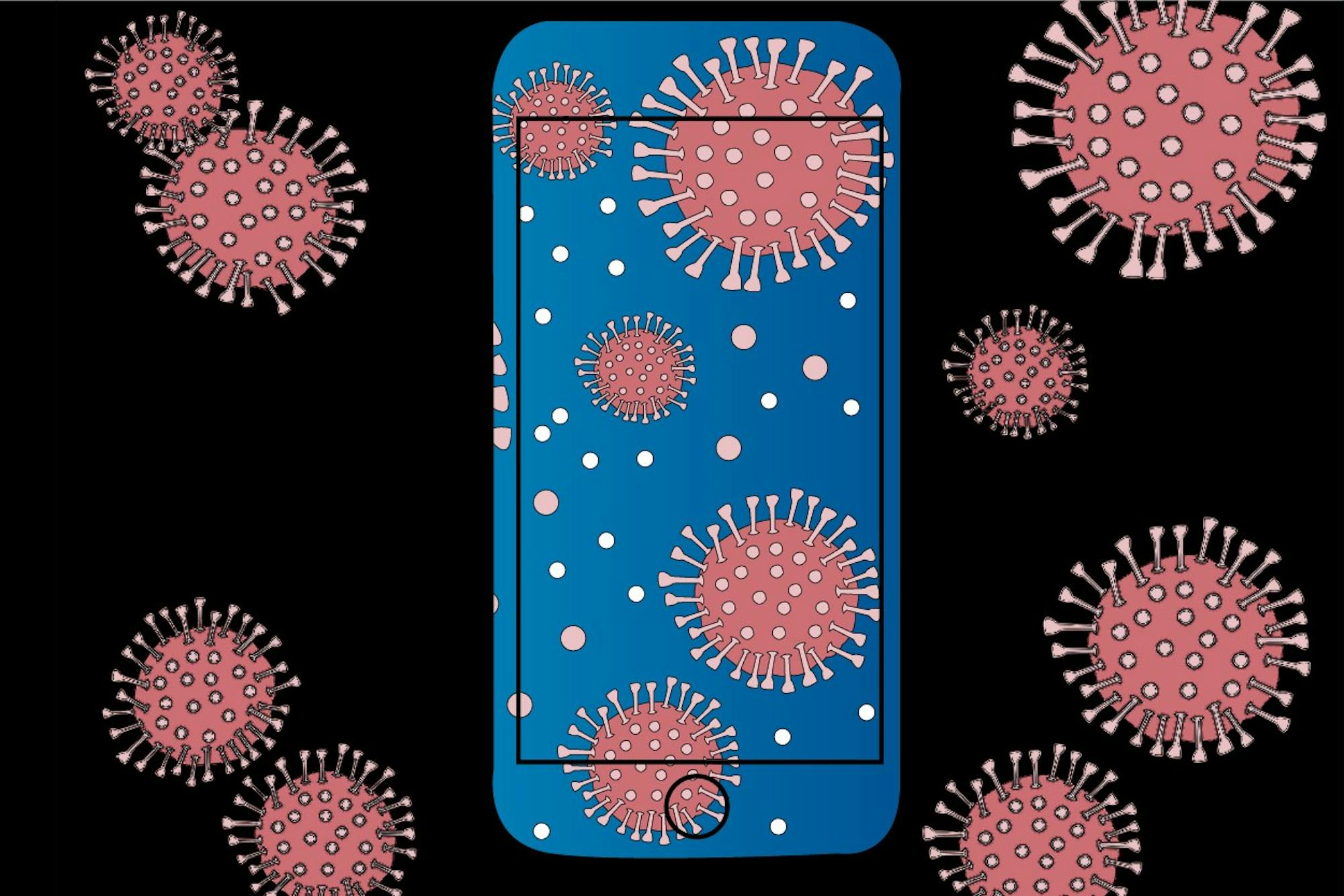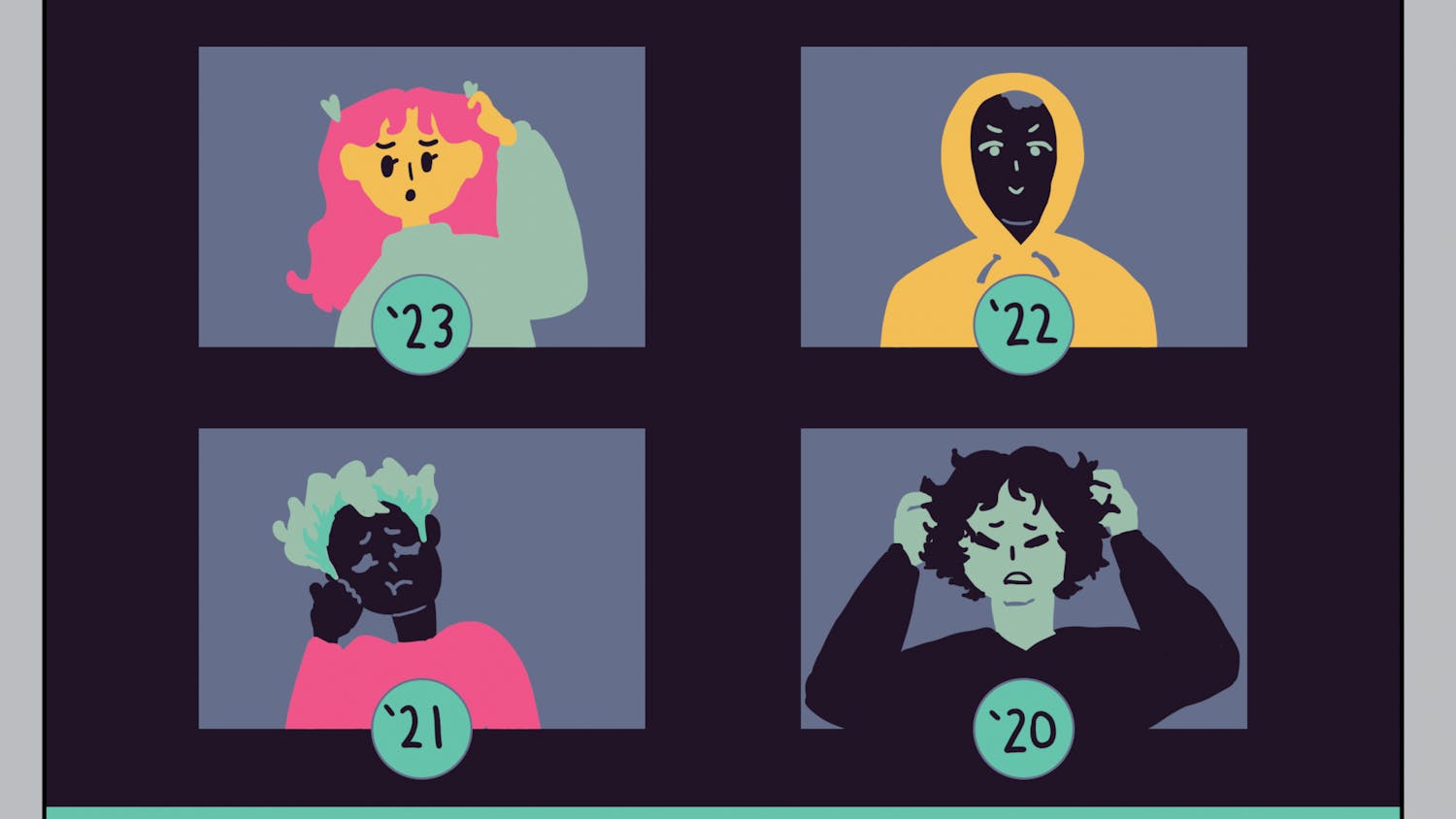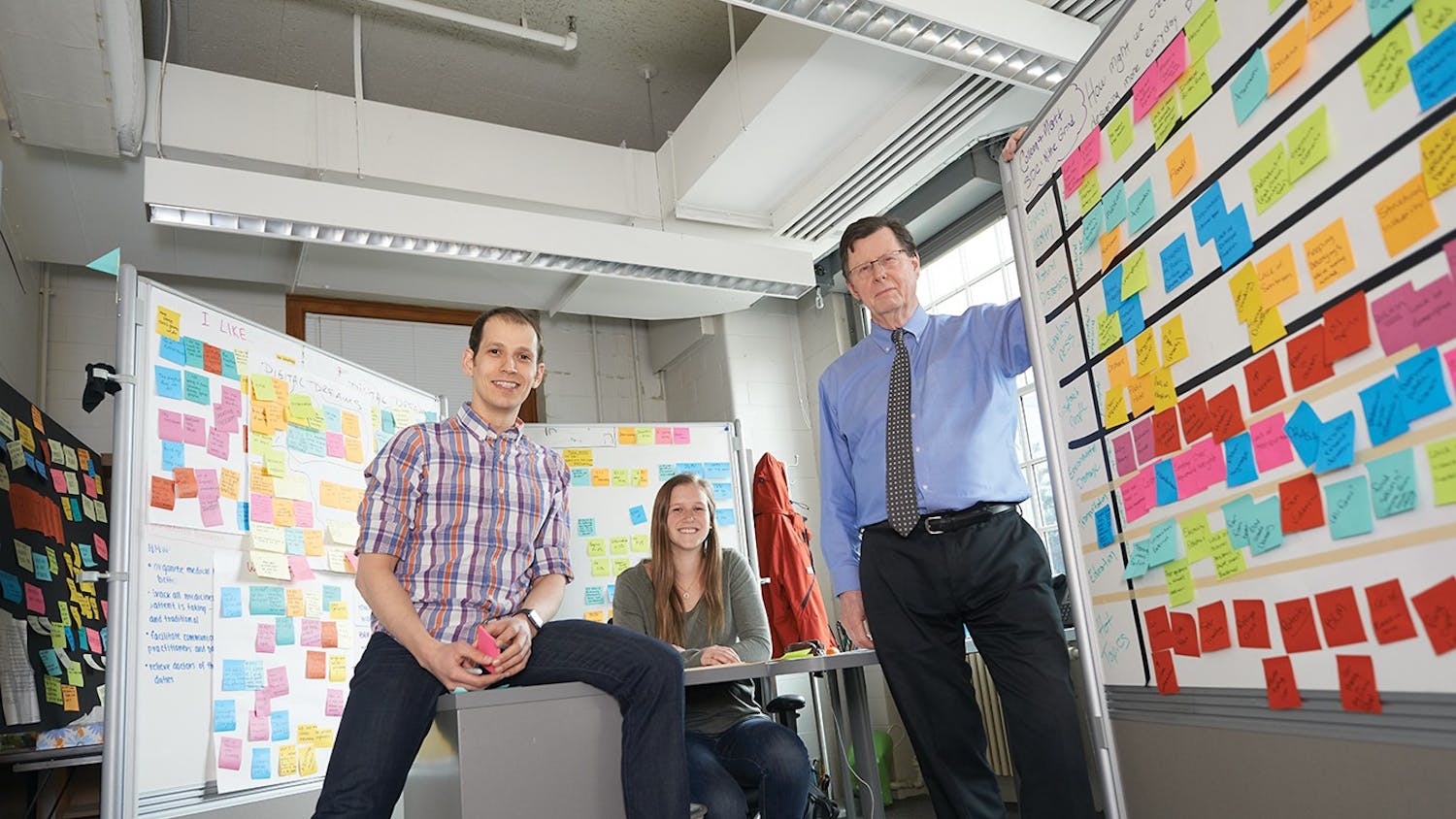In a time when we’re more isolated than ever, social media is quickly becoming more prominent in our daily lives. Because we don’t have much to do, screen time has increased for many Americans, and social media usage appears to be rising too.
Normally, I would characterize excessive social media usage as something negative. But in the current crisis, I found myself wondering if the benefits of social media and screen time could potentially outweigh the negative impacts. Or if instead the negative impacts would simply be exacerbated by increased time spent online.
With his senior spring moved online, Tim Holman ’20 said that virtual platforms have helped him stay in touch with many of his friends from school.
“We’ve been using FaceTime and Zoom on a weekly basis for check-ins,” Holman said.
He remarked that he’s been using apps like Snapchat and Instagram around the same amount as he usually does. Overall, he finds that social media is raising his spirits.
“I definitely think it eases the pain a little,” he said. “One of the aspects of senior spring that people really look forward to is that last hurrah, that last opportunity to really have fun with your friends.”
Although he lamented that the Class of 2020 can’t have its “last hurrah” on campus together, Holman emphasized that Zoom and social media still allow him to communicate with his friends while seeing their faces, which helps him cope with his sadness.
Allison Falco ’23 agreed that platforms like Zoom are nice for talking to people face-to-face, but she added that they don’t completely ease the pain of missing those she spends time with on campus.
“I FaceTime my friends all the time for hours, but it’s not the same,” Falco said. “It’s nice because you have that connection, but it also makes me miss them more.”
Claire Betzer ’23 told me that before quarantine, she never liked to talk over video chat, but she’s been forced to come around to it.
“To me, they’re two different things — talking to people face-to-face and FaceTiming them. I much prefer talking in person. But given the circumstances, you just can’t,” she said.
Though not a perfect replacement for in-person interactions, technology can connect people in positive ways during the pandemic. Holman said that social media has even fostered a sense of camaraderie among seniors from different schools.
“Hundreds of thousands, even millions of students around the country also are [missing their senior spring],” he said. By seeing how other students are coping with losing their last months on campus, Holman said that he feels less alone in dealing with his own disappointment.
But even in quarantine, social media doesn’t come without downsides.
“A lot of times social media, like Snapchat and Instagram, are really good at facilitating FOMO, or ‘Fear of Missing Out.’ I think now we just have FOM, or ‘Fear of Missing,’” Holman said.
Many psychologists have argued that it’s FOMO that keeps users visiting sites like Facebook and Instagram. By showing us what we’re missing, social media platforms encourage users to come back for more, despite the negative emotional impacts this might have.
What Holman called “Fear of Missing” seems more natural than FOMO in a socially isolated world. While there isn’t anything to “miss out” on right now, many people are instead missing events that have been canceled due to the pandemic. However, I found that students are still feeling FOMO, and that’s partly thanks to social media.
“You go on social media, and you think, ‘Their quarantine life is so much better than mine,’ or ‘I have to work out,’” Betzer said. “It’s nice to idealize your life and post just the best parts of what you’re doing. But I think the reality is that quarantine is very lonely.”
Social media helps us depict the good parts of ourselves and our lives while hiding the bad parts. While isolated in quarantine, Betzer said, this kind of sharing can cause feelings of guilt or inadequacy for those consuming the content. By portraying quarantine as “fun,” she said, you’re inadvertently telling those with more negative experiences that they might be doing something wrong.
Falco agreed. “I feel like that’s what social media is doing: glorifying other peoples’ quarantine experiences. I feel a lot of pressure to do certain things, and when I don’t do them, I feel like I’m doing quarantine wrong,” she said.
Judging by what people are posting online, popular quarantine trends include working out, baking bread, redecorating and cleaning out closets or rooms. But not everyone has the time or energy to indulge in these activities.
Holman also noted the socioeconomic divide in quarantine that social media reveals. He pointed out that while some families can afford to self-isolate in the suburbs and visit a grocery store only once a week, others may not be so lucky. And those aren’t the stories that he’s seeing online.
For people adhering to it strictly, quarantine is not fun. It’s exhausting, isolating and conducive to poor mental health. Those who post glorified quarantine content risk disregarding those without the resources to partake in the same lifestyle. Even if the intentions aren’t bad, posting online about a glamorous quarantine might do more harm than good, even if it fosters connection in isolation.
That’s not to say that people can’t enjoy themselves in quarantine; taking time to do things that you love is more important now than ever. However, social media was designed to share only the best parts of life and pretend like the worst parts don’t exist. In a period filled with loneliness and apprehension, we must remain cognizant of how online connection skews our view of what quarantine really looks like.




